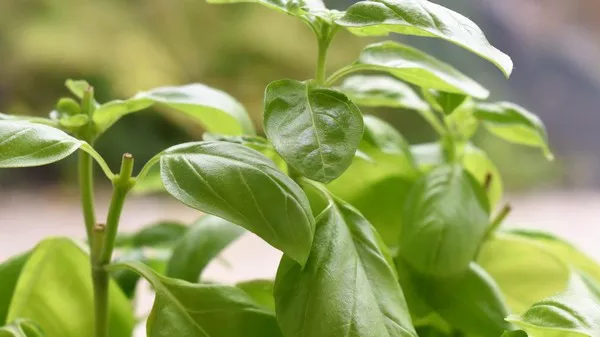Houseplants bring nature indoors, providing a breath of fresh air and a touch of tranquility to our living spaces. However, with the lush greenery comes the potential for unwelcome visitors – pests. These tiny intruders can wreak havoc on your cherished plants if left unchecked.
Understanding Pests
Pests in houseplants can manifest in various forms, from common insects like aphids and spider mites to more resilient adversaries such as scale insects and fungus gnats. Recognizing the signs of infestation is crucial for early intervention. Keep a watchful eye for wilting leaves, discoloration, and unusual spots, as these may indicate the presence of pests. Regularly inspect both sides of leaves and the soil to catch any issues before they escalate.
Choosing the Right Soil
Selecting the appropriate soil is a foundational step in preventing pests. Opt for well-draining potting mixtures, as overly damp soil can create a breeding ground for pests like fungus gnats and root rot. Ensure the soil is specifically formulated for the types of plants you have, as different plants have varying moisture requirements. Healthy, well-drained soil sets the stage for robust plants that are less susceptible to pest infestations.
Quarantine New Additions
When introducing new houseplants to your collection, implement a quarantine period to prevent potential pest infiltration. Isolating new additions for a few weeks allows you to monitor their health and check for any signs of pests. This precautionary measure is particularly crucial, as pests can easily spread from one plant to another. Vigilance during this initial period can save your entire indoor garden from a pest outbreak.
Maintain Optimal Environmental Conditions
Pests often thrive in conditions that favor their reproduction and development. By maintaining optimal environmental conditions, you can create an inhospitable atmosphere for pests in your houseplants. Regularly clean and dust the leaves to eliminate hiding spots for pests. Additionally, regulate the temperature and humidity levels, as extremes can weaken plants, making them more susceptible to infestations.
Natural Predators and Beneficial Insects
Introducing natural predators and beneficial insects to your indoor garden is an eco-friendly and effective method for pest control. Ladybugs, predatory mites, and parasitic wasps are examples of beneficial insects that feed on common pests like aphids and spider mites. Research the specific needs of these insects to ensure they thrive in your indoor environment. Integrating natural predators into your pest prevention strategy creates a balanced ecosystem within your houseplant haven.
Regular Pruning and Inspection
Regular pruning is a proactive measure that not only enhances the aesthetic appeal of your houseplants but also helps prevent pest infestations. Remove dead or damaged foliage, as these can attract pests and serve as breeding grounds. Simultaneously, closely inspect the remaining foliage for signs of pests, paying particular attention to the undersides of leaves and joints where pests commonly hide. Early detection and prompt action can prevent a small pest issue from escalating into a major infestation.
Watering Wisely
Proper watering practices play a pivotal role in pest prevention for houseplants. Overwatering can lead to root rot, attracting fungus gnats and other moisture-loving pests. On the other hand, underwatering weakens plants, making them susceptible to a variety of pests. Develop a consistent watering routine based on the specific needs of your plants, allowing the soil to dry out between waterings. This approach creates an inhospitable environment for pests while promoting the overall health of your houseplants.
Organic Pest Control Measures
When facing persistent pest challenges, consider employing organic pest control measures that are safe for both your plants and the environment. Neem oil, insecticidal soap, and diatomaceous earth are examples of natural solutions that can effectively deter pests without harming your houseplants. These substances work by disrupting the life cycle of pests or creating physical barriers, offering a sustainable and chemical-free approach to pest management.
Isolation of Infested Plants
In the unfortunate event of a pest infestation, swift action is essential to prevent the spread to other plants. Isolate the affected plant to contain the infestation and protect neighboring houseplants. Treat the infested plant promptly using appropriate measures, whether it be natural remedies or targeted pesticides. Regularly monitor the isolated plant for signs of improvement and only reintegrate it into your collection once you are confident the pests are eradicated.
Conclusion
Maintaining a pest-free environment for your houseplants requires a combination of preventive measures, vigilance, and prompt action. By understanding the types of pests that can afflict your indoor garden and implementing the strategies outlined in this guide, you can create a thriving and resilient collection of houseplants. Regular inspection, proper watering, natural predators, and organic pest control measures all contribute to a holistic approach that fosters a harmonious coexistence between your plants and their environment. With these practices in place, you can enjoy the beauty of your indoor garden without the threat of pesky invaders compromising its vitality.


